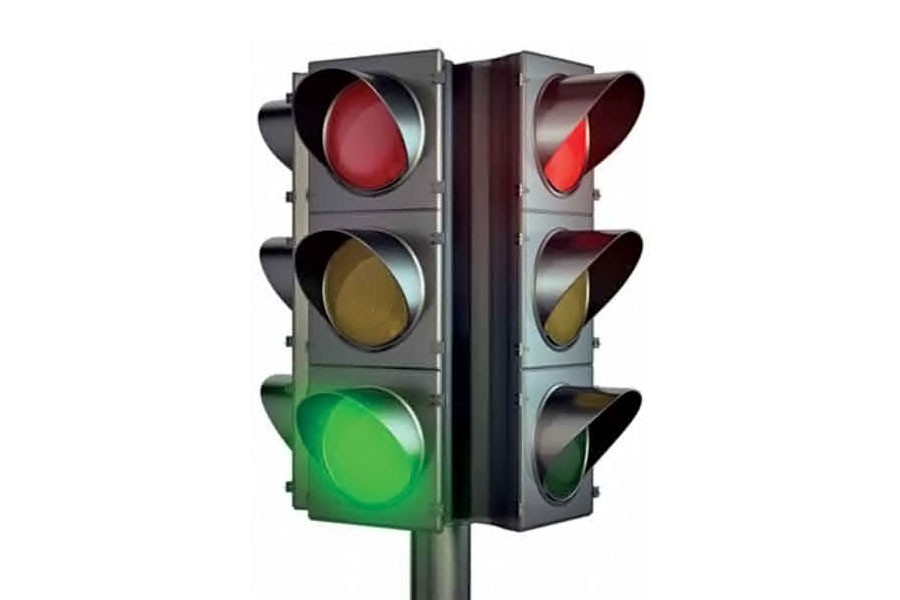The country's roads and highways are normally witness to hundreds of small and big road accidents every year. It was the common spectacle in the pre-coronavirus times. The highest numbers of these road mishaps occur in the capital.
In the last one-and-half-month period of the pandemic-related shutdown, the frequency of accidents declined radically. With the majority of the city residents shutting themselves home, the roads became mostly deserted. Those notorious for their gridlocks found only a handful of vehicles like ambulances whizzing by.
However, as the shutdown is slowly being relaxed, isolated cases of accidents are returning, some with their menacing character. Yet Dhaka remained an accident-free city throughout the period of full shutdown.
To the great distress of many, this scenario of the days free of all kinds of rash traffic and pedestrian movement is presumed to be coming to an end. In its place the Dhaka residents now brace for going back to the pre-shutdown days of recklessness on roads. It's true that the lasting relief to the widespread traffic anarchy may one day visit Dhaka. But it may not happen before the city pays a heavy price in terms of accidents.
Those are occurring regularly. Just before the outbreak of Covid-19 pandemic, Dhaka had emerged as one of the cities in the world most afflicted by road accidents. It may be regarded as a depressing reality that Dhaka had to go through the traumas and agonies of a pandemic before it could experience the semblance of a law-abiding traffic network in this unwieldy city.
It has lately been found that the reckless pedestrians are largely responsible for a considerable number of accidents in the capital. The briefly lasting changed scenario during the recent shutdown accompanied a lot of unusual spectacles. One of them involved a private car hitting a road-crossing woman. The speeding car on the deserted road was moving on the wrong side.
During the shutdown, many roads were completely free of traffic. As a result, the pedestrians had the privilege of choosing the points at will to walk across a road. A few who came out on emergencies were seen using the roads in ways not legally allowed during normal times. But the onus lay with the vehicle drivers. To avoid accidents caused by rash driving, they ought to have been careful. There were not.
Given this reality surfacing during the shutdown, many people might feel tempted to change their stance on the so-called compulsively law-breaking pedestrians. What the whole matter boils down to is the erratically road-crossing people are not always responsible for the accidents. Vehicles, even the gently-driven cars, have also to share the blame lately kept in reserve for targeting the 'jaywalkers'.
That not all passengers are jaywalkers have been proven on several occasions. The absence of over-bridges at right points has been galling the experts dealing with road traffic movement in the capital. As they have found in their numerous studies, mere herding the pedestrians into the already chockablock over-bridges is not expected to solve the problem of hazardous road-crossing. For accomplishing the task in a smooth manner, all rule-enforcing parties need to carry out an overview of the whole situation.
The appraisal ought to be pragmatic without being biased towards any parties -- be they the law enforcing authorities and the volunteers, the vehicles or the pedestrians.
A lot of people have taken heart from the urban scenario in Dhaka's traffic sector during the relaxed shutdown phases. They want it to be in place. But the situation has been necessitated by urgency. There may not be shutdowns in the future. It cannot be a norm, which will amount to adoption of yet another stopgap solution. It cannot be a lasting remedy.


